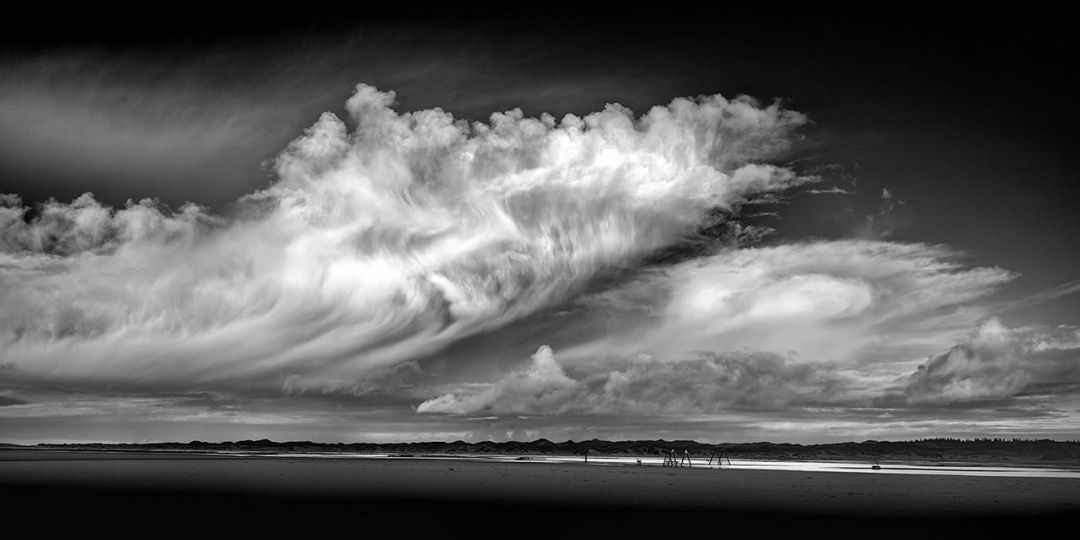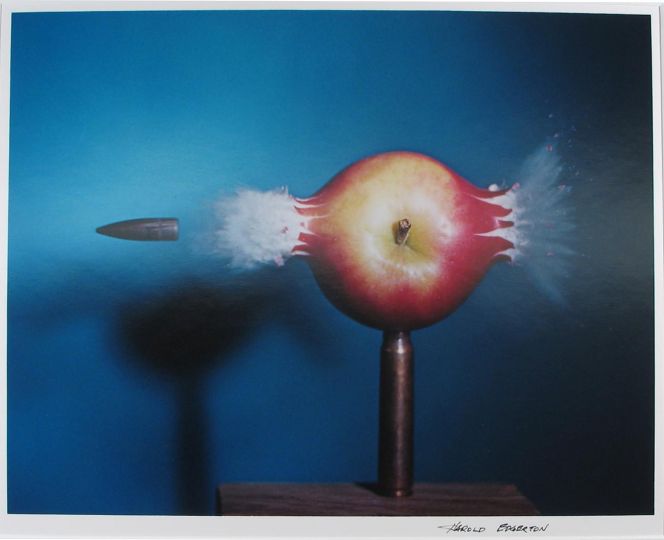California is not just another state. Already by 1888, when Lord James Bryce devoted a chapter of his landmark, two-volume study American Commonwealth to California, he recognized that “it is in many respects the most striking in the whole Union, and has more than any other the character of a great country, capable of standing alone in the world.” Today, the Golden State could certainly stand alone, and indeed there are now mounting calls for its independence in the wake of 2016 presidential election. With a GDP of nearly $2.5 trillion and a diverse array of booming industries, California has not only eclipsed France to become the world’s sixth-largest economy but it is also home to more billionaires than any country except China (and the United States, of course). Yet, in contrast to its enormous wealth, the state has the highest rates of poverty and homelessness in the nation, and the exorbitant cost of living continues to push working-class families inland or out of housing all together. Nevertheless, California continues to attract immigrants, migrants, and others who are looking to start something new. The photographs in Golden State highlight the work of seven California-based photographers—John Divola, Buck Ellison, Christina Fernandez, Anthony Hernandez, Dorothea Lange, Catherine Opie, and Larry Sultan—who explore aspects of the social and economic contradictions in America’s most populous state.
Shortly after becoming a state in 1850, California established a rich and important photographic tradition, from early pictures of its natural resources, like those by Carleton Watkins and Eadweard Muybridge, to modernist photographs by Group f/64, whose members included Ansel Adams, Imogen Cunningham, and Edward Weston. Dorothea Lange represents another vital practice in portraying the effects of economic and intuitional structures on everyday people in California, often with a critical eye. Lange first made her name as a portrait photographer for an elite clientele in San Francisco before the stock market crash in 1929. During the Great Depression, she began photographing the growing poverty and unrest, producing her best-known images while employed by the U.S. government’s Resettlement Agency (later called the Farm Security Administration) between 1935 and 1939.
In 1942, after President Franklin D. Roosevelt ordered the internment of more than 100,000 Japanese and Japanese-Americans in response to the bombing of Pearl Harbor, Lange was once again asked to photograph a government program. The U.S. War Relocation Authority had hoped Lange’s pictures would depict the incarceration process as orderly and humane, but she did something unexpected. Even before capturing the confusion of the roundups and the threadbare barracks at the prison camps, Lange took portraits of individuals and families at home and at work, demonstrating just how integral many Japanese-Americans were to California’s economy. Detailed captions, such as the one for Shibuya Family in Mountain View, California, provided another view of those who were being ordered to leave their homes and businesses:
Mountain View, California. Members of the Shibuya family are pictured at their home before evacuation. The father and the mother were born in Japan and came to this country in 1904. At that time the father had 0 in cash and a basket of clothes. He later built a prosperous business of raising select varieties of chrysanthemums which he shipped to eastern markets under his own trade name. Six children in the family were born in the United States. The four older children attended leading California Universities. Evacuees of Japanese ancestry will be housed in War Relocation Authority Centers for the duration.
Because photographs and captions like these were ultimately deemed too critical of the government, they were impounded by the government for the duration of the war and were eventually housed in the National Archives.
In the mid 1930s, Lange also photographed Dust Bowl refugees and homesteads in the San Fernando Valley, then an agricultural center known for citrus farms, just north of Los Angeles. In the following decades, the region became infamous for its sprawling suburbia, made up of tract houses and malls—a place made for postwar American dreams. This is where John Divola was born and raised, and it served as the subject for one of his earliest photographic explorations, San Fernando Valley (1971-73). Peddling around on his bicycle, Divola photographed architectural details of the residential landscape as well as isolated figures at grocery stores or in front yards. A recurring subject is people, mostly women, who pose for the camera as they water their grass. These early black and white photographs established the artist’s conceptual process, deadpan wit, and knack for capturing the uniformity and loneliness of everyday scenes of middle-class America.
Around the same time that Divola photographed the suburbs of Southern California, Anthony Hernandez began re-imagining street photography, a genre that had been dominated by New York in the U.S., for the sprawling urban areas of Los Angeles. Over the years, Hernandez has chronicled the polarities of his native city, from its famous beaches and high-end shopping centers to its bus stops and improvised homeless encampments near freeways. His series Public Transit Areas from 1979 to 1980 documents underrepresented individuals and groups as they wait for public transportation in a city known for its highways and cars. These pedestrians punctuate desolate stretches of city streets. Then, in 1984, Hernandez turned his attention to Rodeo Drive, a Beverly Hills thoroughfare known for its posh shops and restaurants. Capturing a very different kind of pedestrian, his first series of color photographs expose consumerist excesses and reveal the complexity of public spaces.
Like the work of Hernandez, Catherine Opie’s documentary photographs often focus on Los Angeles and its environs. Since her first major project, Masterplan (1986-88), which depicted the ideological structures of master-planned suburban developments in the San Fernando Valley, Opie has explored the ideas of home, community, and identity. In 1995, she began photographing lesbian couples and housemates both in California and around the country, leading to the series Domestic (1995-98). Through the conventions of formal portraiture, Opie captured her subjects in and around their homes, and the series presents an alternative to the heteronormative view of domestic life in America in the mid 1990s, demanding their inclusion within the documentary norms of official history. If an image like Flipper, Tanya, Chloe, and Harriet, San Francisco, California seems ordinary today, it is in large part thanks to Opie’s pioneering work and to communities like San Francisco.
A recurring theme in many of these artists’ works is marginalized individuals and communities. Christina Fernandez’s photographic work often attends to the cultural borders in Southern California and issues of migration and labor. In Lavanderia from 2002, the artist photographed laundromats in East Los Angeles, a neighborhood that is nearly 100 percent Latino. Rather than focusing on workers in fields or factories, as Lange did in the 1930s and 1940s, Fernandez focuses on quiet domestic labor. The long exposures, required for the night photography, however, blur the action of the figures, complicating the camera’s ability to document them. The etched and graffiti-marked windows are an additional obstacle to the photographer’s perfectly framed view. “Lavanderia is rich with binaries,” Fernandez has remarked, “working and waiting, the beautiful but oppressive graffiti, obscured views through windows that are a kind of impenetrable membrane.”
A different kind of labor was the jumping-off point for Homeland, Larry Sultan’s last work before he passed away in 2009. Employing day laborers in Marin County, a wealthy and liberal enclave just outside of San Francisco, Sultan explores the fraught sociopolitical tensions that sustain the idyllic suburban lifestyle in California—the domestic rituals, suburban landscapes, and displaced personhoods. In Creek, Santa Rose, for example, two men gather water from a half-dried stream behind a housing development. Unlike Old Master pastoral paintings, in which the figures and their surroundings appear to be in harmony, the two figures are day laborers living at the margins of the suburbia they both serve and aspire to. For Sultan, his characters are also free from the confines of society, reclaiming the last parcels of undeveloped land, what he called a “vanishing patch of paradise.” Today, however, these poignant pictures accrue new meanings following the chilling effects of the president’s immigration policies.
Pastoral fantasies are further explored in the photographs of Buck Ellison, who grew up in those idyllic and wealthy suburbs in Marin County. Since moving to Los Angeles in 2014, Ellison has been taking advantage of his proximity to Hollywood by producing elaborately staged photographs of exceedingly mundane subject: the socially conscious and the consciously stylized lifestyles of upper-middle-class white Americans, such as in Hummus (2015) and Pasta Night (2016). For the past several years, Ellison has also been documenting the cultivated student-run gardens at elite private schools in California. The close-up shots focus our attention on mechanisms that maintain privilege in America and ask us to question the trajectory of once-progressive ideals.
For better or for worse, California, it seems, has always presaged developments elsewhere in the country and in photography. Once the birthplace of the modern conservative movement, California is now one of the most progressive and liberal states in the union. Similarly, many of these photographers, who have remained less well-known in the East, may be finally getting their dues. Both California and these artists offer hope to many in the rest of the country. Perhaps Joan Didion got it right: “California is a place in which a boom mentality and a sense of Chekhovian loss meet in uneasy suspension; in which the mind is troubled by some buried but ineradicable suspicion that things better work here, because here, beneath the immense bleached sky, is where we run out of continent.”
Drew Sawyer
Drew Sawyer is an Associate Curator of Photography at the Columbus Museum of Art in Ohio, USA.
Golden State
March 29 through April 27, 2017
Marianne Boesky Gallery
509 West 24th Street
New York NY 10011
USA
















